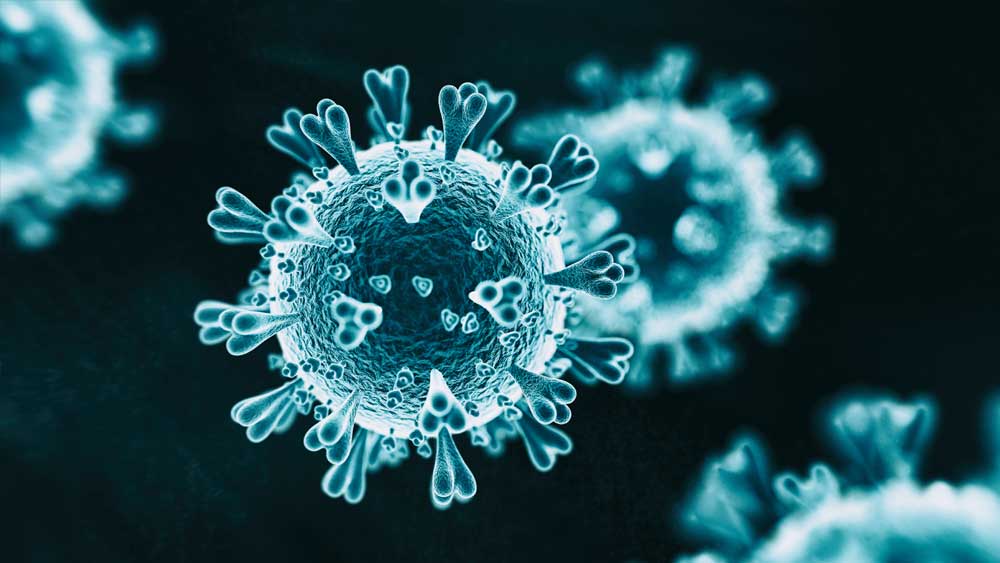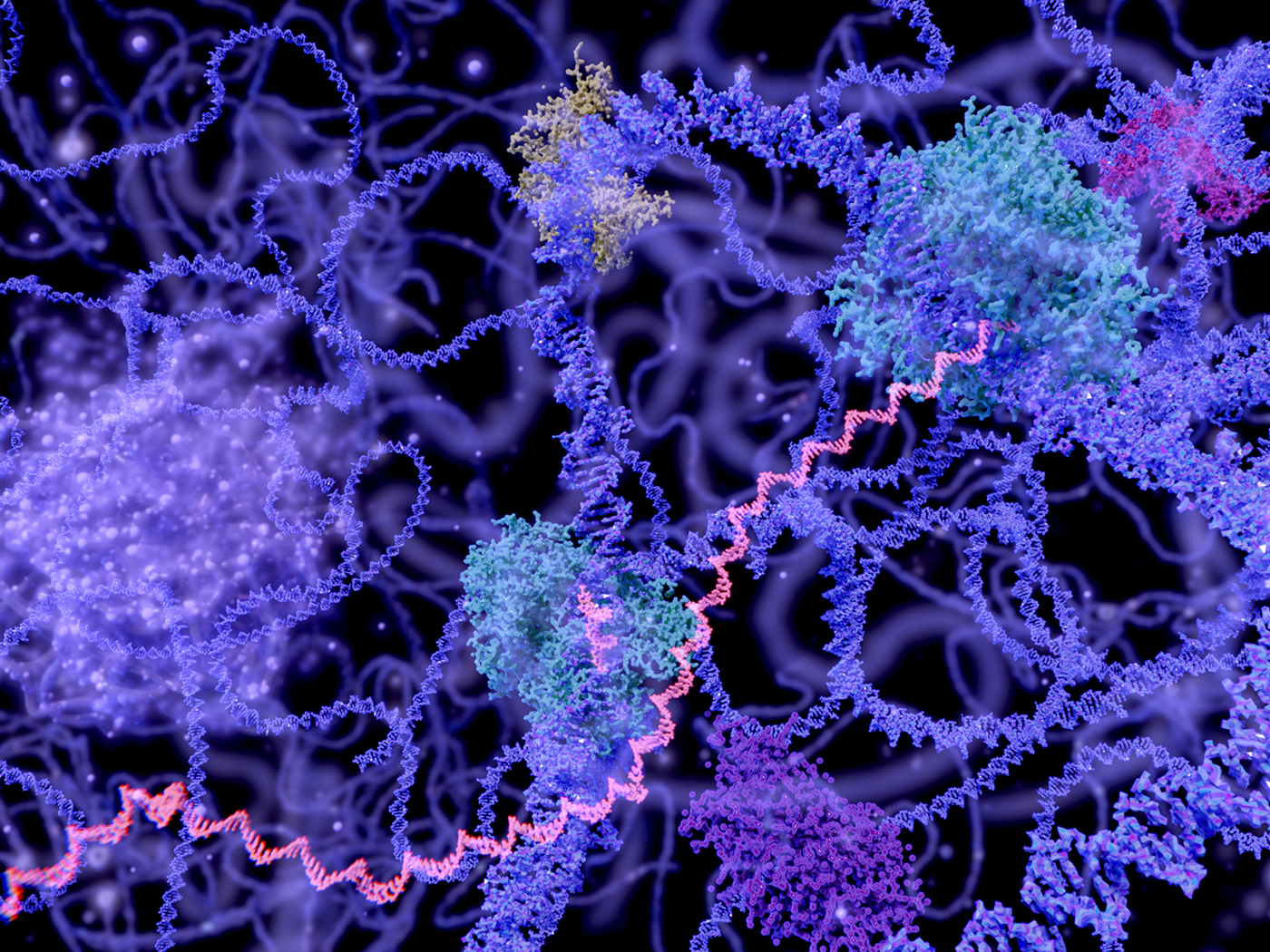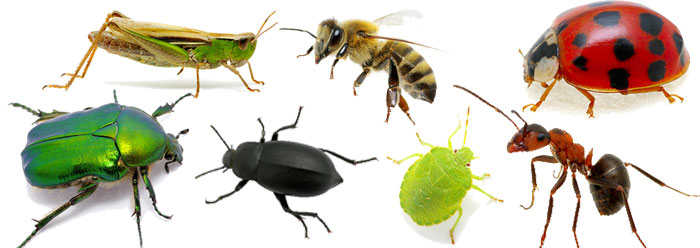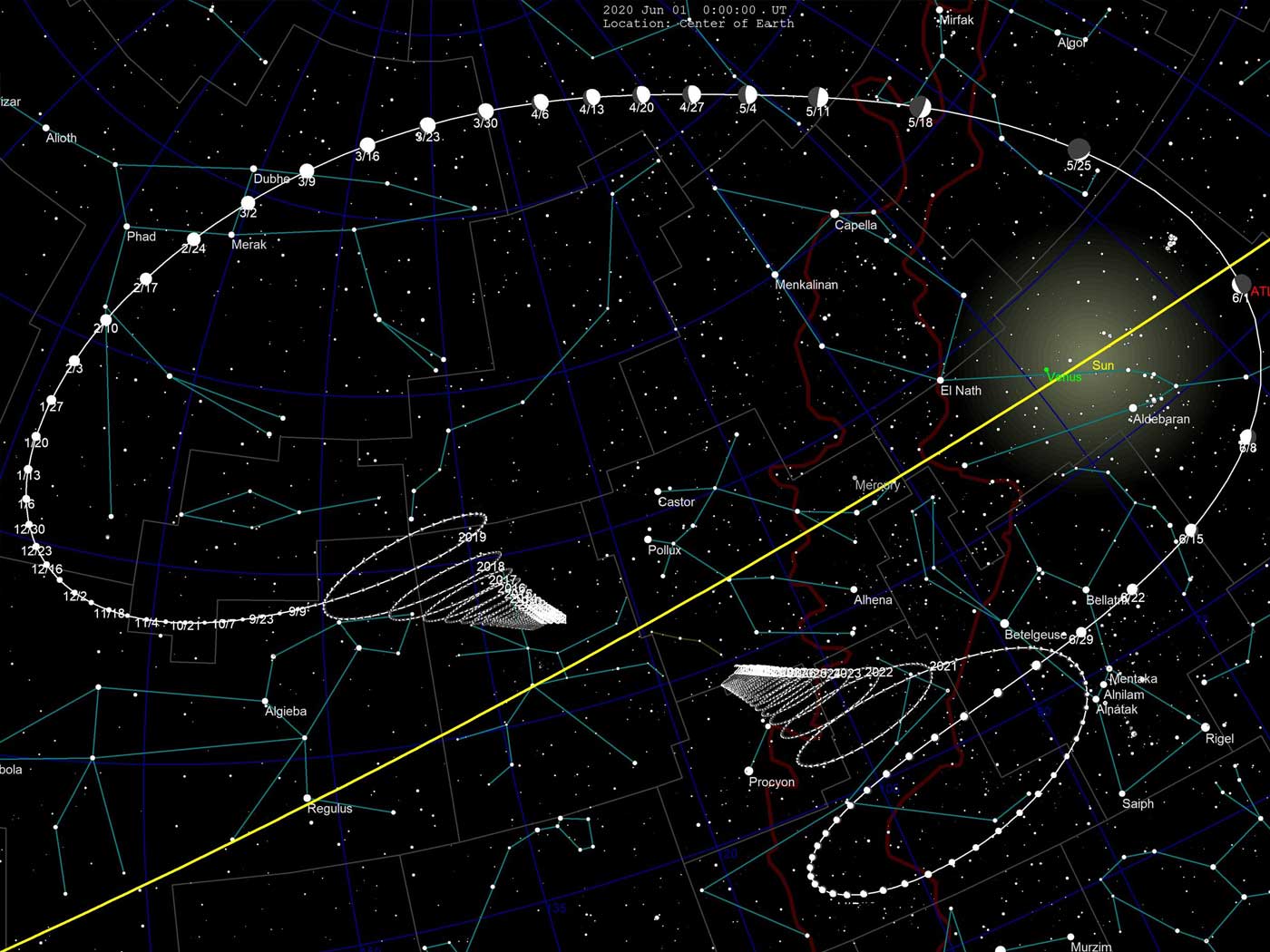As we are embroiled in a worldwide COVID-19 pandemic, it is important to know the basics of these tragic viral infections and why the medical community can’t just prescribe common antibiotics as they do with bacterial infections.
To begin with, there is a significant difference between bacteria (such as the ubiquitous E. coli that is sometimes in the news) and viruses. Bacteria are much larger than tiny viruses and there’s a large group of specially designed viruses—called bacteriophages—that attack bacteria and replicate (duplicate) in them.
Bacteria are of two general types, based on how they retain artificial stain to be viewed under the microscope. These types are gram negative and gram positive. Gram negative bacteria have thin cell walls, and gram positive bacteria have thick cell walls. The cells that make up people and animals have no cell walls. An antibiotic (such as amoxicillin or metronidazole) is designed to attack and break down components of the bacterial cell wall and thus kill it. But viruses are not made with cell walls and thus are unaffected by antibiotics.
A virus is a self-replicating, infectious, nucleic acid-protein complex. It is designed to enter into a host cell for replication, taking over the cell’s biological machinery. The viral genome (total genetic information) is RNA or DNA. Examples of illnesses caused by viruses range from the common cold1 (which can be caused by one of the rhinoviruses) to viruses that cause diseases of the liver (hepatitis). DNA viruses are the cause of diseases such as smallpox and herpes. RNA viruses cause Ebola disease, SARS, hepatitis C, and the flu.
COVID-19 is known as a novel coronavirus. It gets its name from its shape as seen under the electron microscope that has a much higher magnification than traditional light microscopes. The coronavirus looks like a ball studded with proteins. The surface of the envelope (not a cell wall) has spike glycoprotein, E-protein, and membrane protein. Inside the virus is the RNA genome.
The disease (severe acute respiratory syndrome) is spread by sneezes and coughs which is why those that are infected wear masks and stay well away from others. The lungs are most affected by this virus. The virus enters the lung cell and begins replication, making many more viruses that infect other host cells. The patient may begin to experience fever, cough, and shortness of breath and should seek medical help.
Those of us who know Christ should help our neighbors physically and, more importantly, spiritually, introducing those who are at risk or in fear to the Great Physician.
References
1. Common Cold. MedicineNet. Posted on medicinenet.com.
*Mr. Sherwin is Research Associate is at ICR. He earned his master’s in zoology from the University of Northern Colorado.

What’s the Difference Between Virus and Bacteria?
The Latest
CREATION PODCAST
Uncovering the Secrets of Earth's Oceans | The Creation Podcast:...
The oceans cover most of our planet's surface. Uniformitarians claim the oceans are nearly 4 billion years old, but the evidence says otherwise.
Host...
A Giant Ichthyosaur: Largest Ever Marine Reptile?
Paleontologists have discovered portions of a giant ichthyosaur’s lower jawbone on Blue Anchor Beach at the southern entrance to the United Kingdom’s...
New Titanosaur Species Discovered in Uruguay and Argentina
The pre-Flood world had some truly massive dinosaurs, and the largest of them were in the group Sauropodomorpha.1 Within this group were...
May 2024 ICR Wallpaper
"Have I not commanded you? Be strong and of good courage; do not be afraid, nor be dismayed, for the LORD your God is with you wherever you...
Was a Key to Photosynthesis Evolution Discovered?
Northern Canadian lakes were the source of recently discovered unique photosynthetic bacteria of the phylum Chloroflexota. After years of culturing,...
CREATION PODCAST
Four Moons That Indicate a Young Universe | The Creation Podcast:...
Earth has one moon, but Jupiter has many! What can we learn from our celestial neighbor's satellites? Do they indicate youth?
Host...
Creation Kids: Seeds and Sprouts
by Renée Dusseau and Susan Windsor*
You're never too young to be a creation scientist and explore our Creator's world. Kids, discover...
APOLOGETICS
Christ’s Creativity in Canyon Critters
Grand Canyon animals display many marvelous traits and behaviors as they live life in that harsh habitat. These canyon creatures succeed thanks to the...
Standing Against False Science
I’m Michael Stamp, and I’m in my 12th year as an editor at the Institute for Creation Research. It’s always an encouragement to see...
Oysters and Pre-Flood Longevity
The oyster species Crassostrea virginica, also known as the eastern oyster, is a prized seafood. Research has demonstrated that a fossil version of...


























